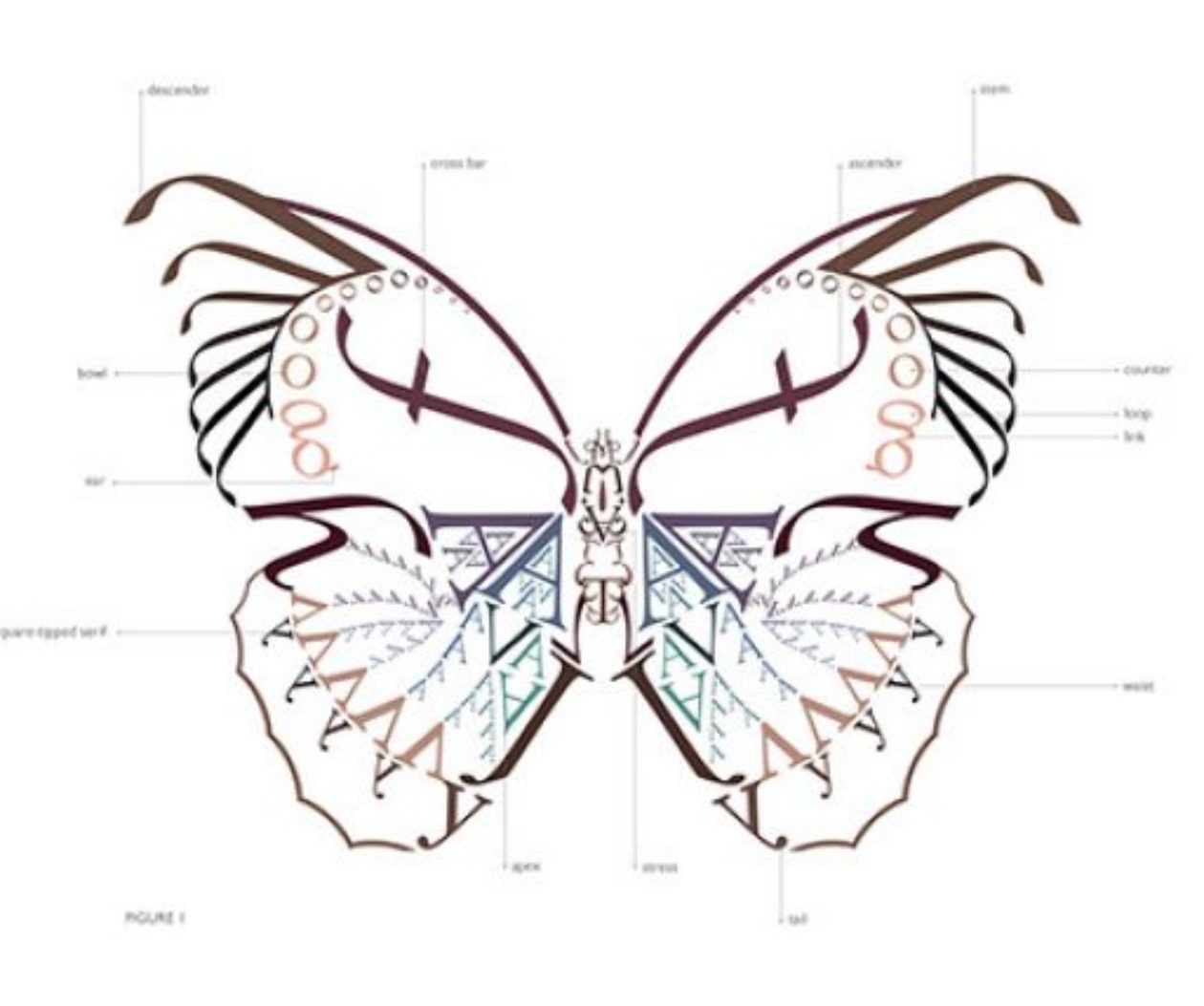*Art by Craig Etchison, 16 X 20 oil on canvas
I rise with the sun. Being late is not an option. I have come into my farming life too late to change old habits; rising early remains a challenge.
The dogs’ tails bang against the wall enthusiastically, unconditionally welcoming me into their morning. A momentary distraction.
Today is my daughter’s first trip to the chemotherapy clinic, and I am her chauffeur; okay, bodyguard. Intravenous immunoglobulin, a miraculous concoction of antibodies from donor plasma, will be delivered into her veins.
Four weeks have passed since Katie’s five-week stay at St. Joe’s, a teaching hospital in Hamilton, where she lay, paralyzed from the neck down, surrounded by a sea of white coats. History will revisit me today with force. I can only imagine what it will do to her as countless images flood into my head.
“This is extremely unusual,” the director of rheumatology said, flanked by residents and fellows who buzzed with excitement while I choked down panic. “Clearly her muscles are shutting down. As you know, dermatomyositis attacks and destroys muscle tissue, starting with the major muscle groups.”
I didn’t know. How the hell would I know?
All I knew was that we’d watched for weeks as our 28-year-old daughter struggled to rise from a chair, or walk, or lift her arms. Just weeks into her third pregnancy, she waved it off as fatigue. I worried about MS.
“This disease usually affects the very old or the very young – rarely a woman in her mid-20s – and we have no case studies where the patient is pregnant,” the rheumatologist continued. “I assure you, she will have our undivided attention.”
Katie lay there, her beautiful, kind face swollen beyond recognition, her neck lost in a single mass of steroid swelling. The sweet smile in her cornflower-blue eyes was gone, hidden behind a veil of pain and fear. She seemed to slip into a void, barely responsive, as we watched her helplessly. Panic that the disease would travel into her trachea or heart, major muscles, blanketed the room like a suffocating cloud.
I held her hand and spoke softly. “Katie, stay with us, you stay with us.” I wanted to scream, order her back. “You’ll be all right, you’re in the right place. I’m here, Brian’s here. We love you. Stay with us.” I left my anger for silent conversations with God.
The doctors were true to their word. They researched everything they could find, always kept us in the loop, and were unafraid to admit the terrifying fact that this was new territory. After five weeks of pharmaceutical balancing acts and massive amounts of steroids, all designed to help her and (successfully) protect the baby, Katie walked, assisted by just a walker, into the loving arms of her family on the Friday of Thanksgiving weekend.
Our puppy Lula scrapes her bowl across the floor, her hunger bringing me back to the present.
I look up to see mist rising off the fields, and as the night chill lifts my memories disappear into the background of the morning. My partner holds me extra tight, saying Katie will be grateful to have me there. Remember, this is what will save her. As I fly out the door, coffee in hand, I wonder at the depth of my girl’s reserves while questioning my own.
St. Joe’s outpatient registration is busy, vacant seats hard to find. It’s a large space with floor-to-ceiling windows. The receptionist, holding her own against an endless line, has a kind but life-weary look, as if she’s thinking, “I’ve heard it all but tell me your story anyway.”
We don’t wait long before they call Katie. Painted footprints take us down a corridor lined with open doors to treatment rooms filled with people. Hers is the third one. I know she is working hard to hold it together.
It is not what I expect. Lined up side by side are chairs with patients already hooked up to IVs, and one empty chair for Katie, a giant vacuum of space waiting to suck her in. I steady myself. She must never know that it scares me, too.
I stand and watch my perpetually happy daughter sit in the well-worn chair designed to support needle-pinned arms while the nurse finds a vein. I look around, head lowered to hide my curiosity.
And then, like the mist rising off the fields, it becomes clear. I see the real story amid the rows of black iron and the bags of orange who-knows-what hanging from poles. Slapping me out of the darkness is the sound of laughter.
I see Katie already listening caringly to the old man beside her as he shares his story, everyone smiling, upbeat. One after another joins in, welcoming the newcomer. They aren’t sharing sorrowful stories; they are sharing joy. And gratitude.
“I’m sorry, but these rooms aren’t really designed for visitors, as you can see.” The IV nurse is pleasant but direct. “You can wait in the hallway but it’s probably better that you wait back in the lounge.”
I leave, an intruder to their intimate drama of mortality. I feel momentary peace, sensing that Katie is safe in the embrace of these people who share hope.
Back in the sunlit lounge, the receptionist calls the next patient: “I’m looking for Grace.”
I look up and softly say, “Aren’t we all? It’s in Room 3.”



Judy. I had no idea, of course, but my thoughts are now with you and Katie. It’s been a long time, but the memories remain strong. May you and Katie be strong, too. Love Bono